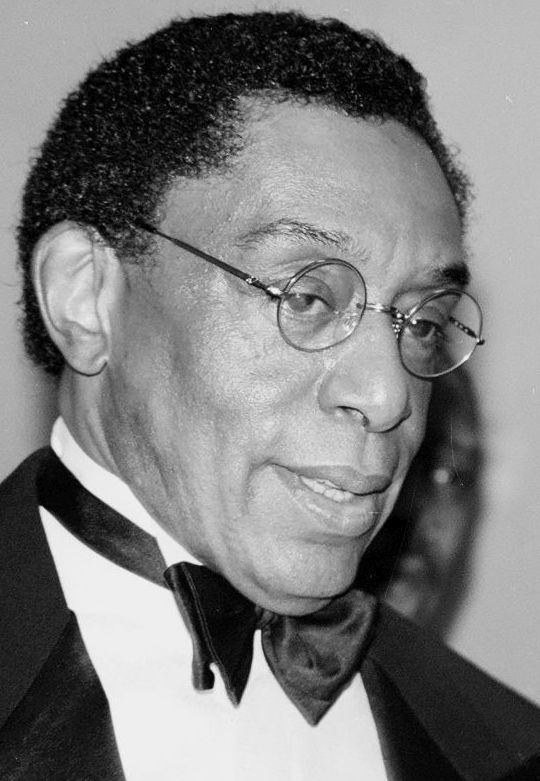
Introduction to Lesson 23 (Continued)
However, this changed in the 1970s as Don Cornelius brought the concept of a black dance show from Chicago to Los Angeles. Soul Train was largely responsible for the dissemination of Black dance to American neighborhoods, but this time featured mainly Black teen dancers doing the popular dances, which were created by African Americans, among mainstream American society. Soul Train during the 1970s became the most widely watched program for young teens (among all ethnicities) desiring to stay in tune with new dances of the day. Below is a very informative documentary about Don Cornelius, founder, visionary, and executive producer of Soul Train.
Don Cornelius - Visionary, Trailblazer & Cultural Icon Documentary
The popularity of those dances during the 1960s and 70s does not imply Black people did not dance to other styles of African American music. On the contrary, they still danced the cakewalk and the two-step to ragtime; the slow drag to the blues; the CharlestonAn American dance popular in the 1920's. It was lively and fast with a syncopated rhythm., lindy hopAlso known as East Coast Swing. A style of dance that evolved from the Lindy. The best known forms of East Coast Swing are the Charleston, the Black Bottom, and the shag. In the early 1940s, these forms consolidated into what was called the Lindy. Today it is also known as the Lindy Hop, the jitterbug, or boogie-woogie. The dancers move in a circular pattern all around the floor. It is faster and much more energetic than the west coast swing. , swingAmerican style of jazz music originating in the 1930's. Swing was characterized by "big band" instrumentation, a greater emphasis on solo passages, and a 4/4 tempo with an almost even emphasis on each beat of the measure. and black bottom to big band jazz music; and the jitterbugA lively, improvisational, athletic style of dancing performed to syncopated music which originated in New York in the 1940's and 1950's. to rhythm and blues. However, these dances were the ones that gained national popularity and in some cases were introduced by the predominantly White music industry to White audiences without proper credit. In many cases, however, dance music and dances performed by Black performers during this period remained strong within the Black community and continue to be to this day. This lesson will cover funk, go-go, and disco music and dances.







